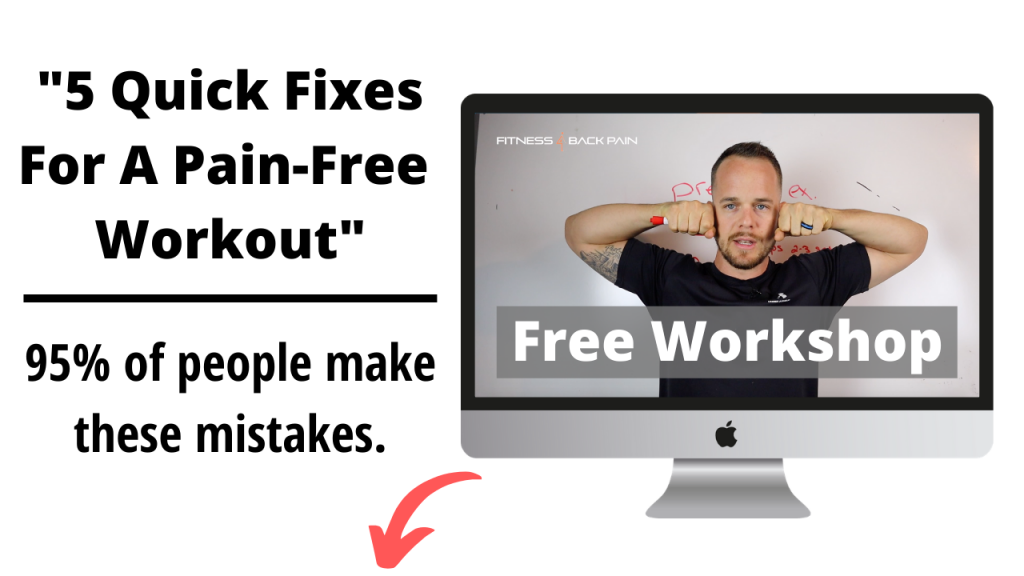Remember when you were a kid laying belly down on the floor of your living room with your head propped up by your arms as you would watch episode after episode of Beatleborgs? Who would have thought you would be doing the same thing trying to figure out why your back has been killing you!
Well, not so much the Beatleborges but little did you know, children all across America were using what is called the Mckenzie Posture Test before they even knew it would helping people. Maybe thats why disc issues weren’t as prevalent 30+ years ago…we were doing our own therapy before it was even considered therapy!
Last week we talk about 2 compression tests you can do right at home that you can use to help build your hypothesis on your own back pain. This information can easily be given to your trusted clinician for further understanding of your situation or can be used by YOU to help build a case against this nagging pain. Either way, be sure to check with your physician before doing ANYTHING you read on any .com.
The simple test your going to work with today is what is known as a basic extension test. There are a couple different styles of extension tests which can get pretty complicated so I wanted to focus ONE major one that seems to cover a lot of common pain. The test is what is known as the McKenzie Posture Test. Your using it to day to test for specific pain mechanisms that you will want to stay away from while in the gym. Keep in mind that back pain can be caused by several layers of issues. The goal of these tests is to learn how to narrow down to less layers so that you can learn to manage your pain.
These variations of extension tests are looking for more of what is called a discogenic issue. This just means the pain is caused by a damaged vertebral disc or discs. These tests won’t be able to rule everything out 100% but they will give you a good idea of how to set up your recovery program and how not to exercise.
Lets do this..
How to do the Mckenzie Posture Test:

Your going to start out standing straight up and down. Ask your self this: How is my current pain? Has it increased, decreased etc? Once you have that mental note of your current pain levels, lay flat on your belly either on a table or floor. You are going to do one of three variations of this posture test.
The first variation is with you laying flat on your belly with your arms either at your side with your hands level with your chest or crossed/relaxed under your head (as if your were taking a nap at your desk). Now, based on your flexibility and pain level you can progress to the second and third progression.
The second variations is in the same prone position but now you will be propped up on your elbows. You can do it the way the picture shows or you can maintain the head and arm position as #1 just lift up and use your elbow as the contact point with the floor.
If able, the third variation is somewhere between variation #2 and being completely lifted by your hands like you see in the image below. Go easy and just because you are in this position DOES NOT mean you are in the clear. Go solely off of your ability and pain level.
These tests are geared towards finding those who suffer from posterior disc lesions or herniations. For someone dealing with one of these common uncomplicated issues will find relief in one of these positions. If your in this position and you feel ZERO relief you can’t rule out a potential disc issue but there is definitely something more to your pain that you will need to explore.
After holding these positions for 45 sec to a minute stand back up and ask yourself the same questions you asks in the beginning. If your spine feels more stable or has less pain compared to the earlier test than your issue would be looked at as posterior discogenic.
If you do have a posterior discogenic issue you want to avoid all flexion stretches and a flexed spine under any kind of load while recovering. If you had more pain when standing you could have more issues than just discogenic BUT you may still experience pain free progress in more of a neutral spine to slightly flexed lumbar posture when doing exercise therapy. (McGill, Stuart. Low Back Disorder. 2007, pg 194)
There you have it, a simple at home test you can do to help build your hypothesis towards your back pain.
Try this out for yourself and let me know what you find!
William
Reference: McGill, Stuart. (2007) Low Back Disorders. Waterloo, Canada: Human Kinetics.

